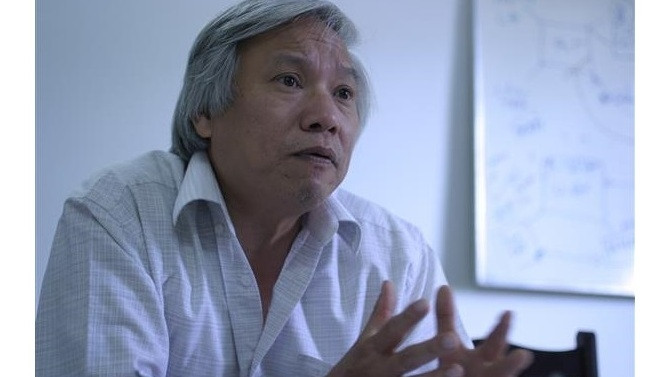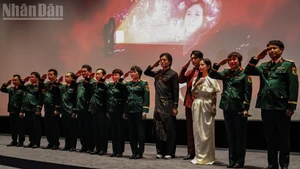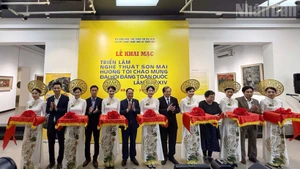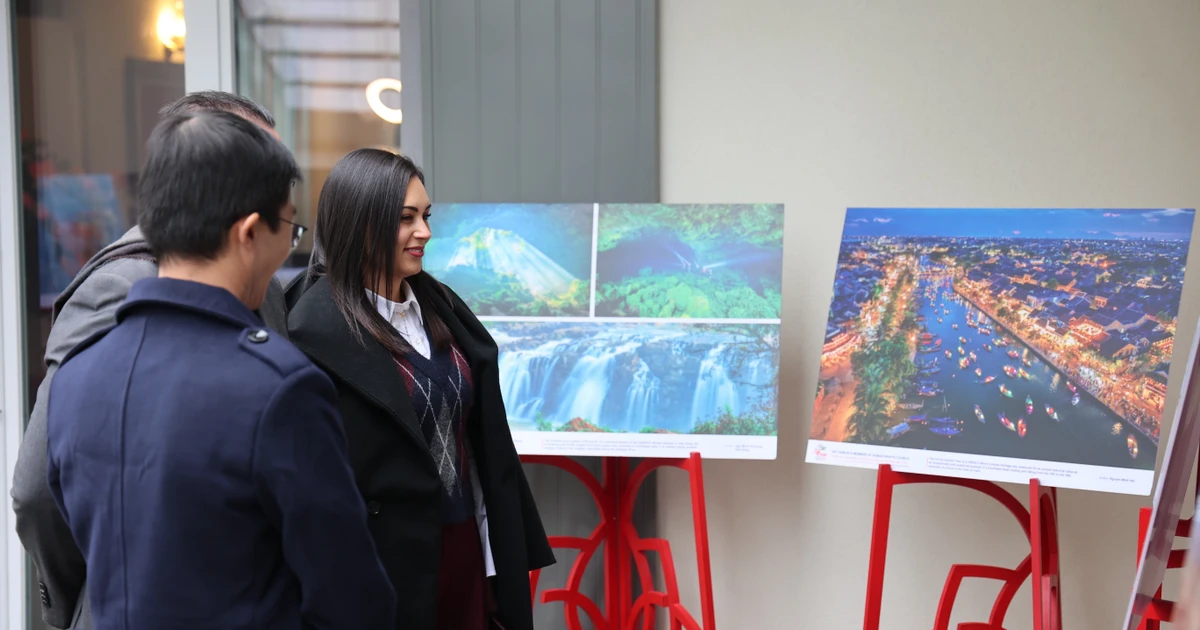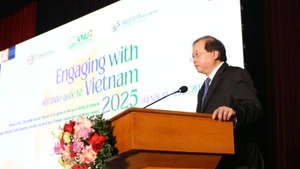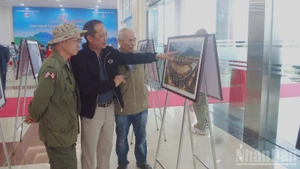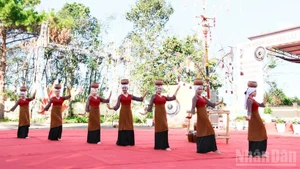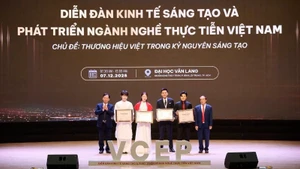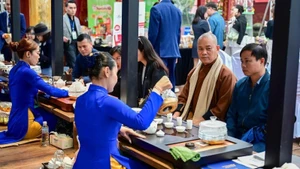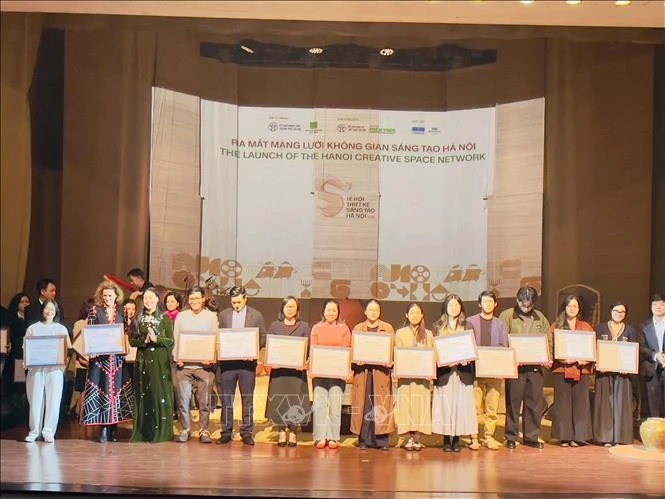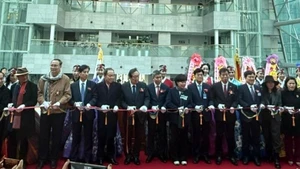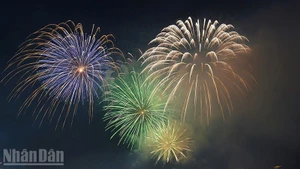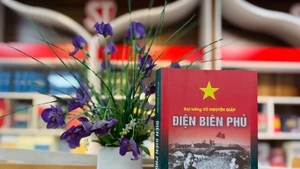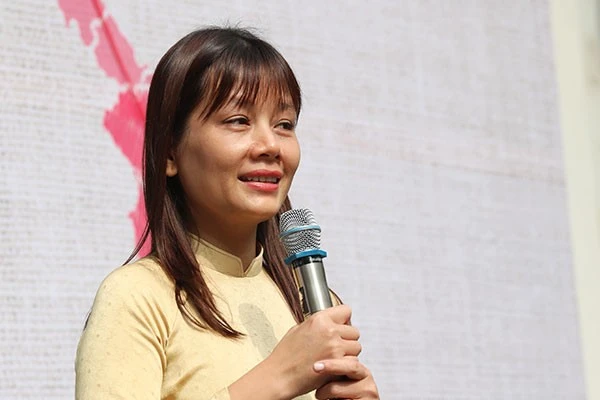Taking place ten years ago at the Vietnam Museum of Ethnology (VME), the exhibition entitled ‘Life in Hanoi in the Subsidy Period, 1975-1986’ was once the spotlight of nearly 50 articles at home and abroad. Behind the journey to make the exhibition happen and to bring it to the public at that time, is a long story.
“We had received different opposing viewpoints on the exhibition up to the opening,” said Associate Professor Nguyen Van Huy. “Some people questioned us on why our museum praised the subsidy – a model from the past that was eliminated. Others wondered if - although the theme was a significant time in history and thus an inevitable choice - whether we were too strict to host such an exhibition about it,” Huy recalled.
At that time, Huy was the VME Director. Eight years after its establishment in 1997, the museum has been praised for its modern thinking in hosting exhibitions. However, bringing social feedback to an exhibition was an idea of the director in his effort to overcome models fixed by traditional museums.
“Visiting the Smithsonian Institution in the US, I stopped for a long time in front of a train carriage on display there. The carriage had different seats and doors for black and white passengers in 1960s, when racial segregation existed,” Huy said.
“The past is not humiliating. On the contrary, these stories help us appreciate life in the present more with new and positive shifts”.
Frankly looking back on the stories of the past – that was the “test” brought about by Huy and the VME at an exhibition on late scholar Tu Chi in early 2005. Some documents about the hard life of the scholar in the post-1975 period were displayed on the occasion, including his autograph on a note of self-criticism, in which he acknowledged his mistake of paying too much attention to professional research.
There was also a payment request for a translation fee with his additional handwritten words reading, “Please pay as soon as possible. Reason: Hungry.” Many visitors stopped for a while at this exhibit.
In mid-2005, Huy consulted on the project “Reviewing 20 years of Doi Moi’ by the Vietnam Academy of Social Sciences, the governing body of the museum. He put forward two proposals for the theme of the exhibition: the period before ‘Doi Moi’ and the period in the early ‘Doi Moi’ process.
“Finally, we decided to pick up the first theme. It is easier to talk about what has passed,” Huy said.
“Another reason is that, when looking at reports about ‘Doi Moi’, I noticed an important blank: We only praised achievements made during the process, but little attention was paid to exploring the reasons leading to the implementation of the hallmark policy. If any, they were presented in a theoretical way rather than presenting specific issues in the daily life of residents,” Huy said.
Many questions were brought up surrounding the unprecedented exhibition. A meeting was held to collect opinions from the Advisory Council, which gathered the participation of former Deputy
Prime Minister Nguyen Khanh, economic researcher Dang Phong, Professor of Culture Ngo Duc Thinh, and Vu Quoc Khanh - former Secretary of Prime Minister Vo Van Kiet.
“I felt relieved while listening to their opinions. They were all encouraging, there was no objection, all the reviewers agreed, and they also contributed to the future exhibition,” Huy recalled.
With all of the carefulness of one working in the museum sector, Huy still has the meeting minutes, which were recorded on August 12, 2005.
The rest of the story can be told in the coverage of press agencies. Around 300,000 visitors came to the exhibition, which lasted six months longer than scheduled (from June, 2006 to June 2007). Visitors had so many thoughts to share that twelve visitor’s books were filled up by the end of the exhibition.
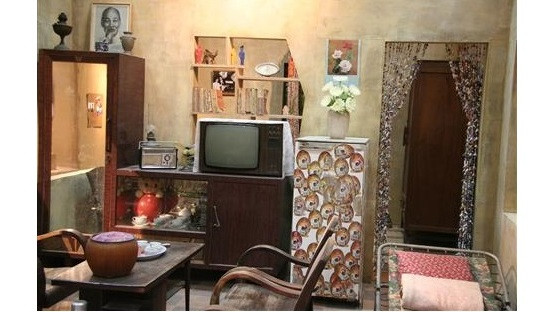
A corner in the ‘Life in Hanoi in the Subsidy Period, 1975-1986’ exhibition
However, what stayed with Nguyen Van Huy after everything was not the number of visitors but their appreciation. It was a story about the harmony between two things which seemed to be completely opposite: a life full of hardships and poverty which were left behind in the past and nostalgia blended with a little bit of a romantic feeling and pride.
“Whether an ordinary visitor or a family coming to the museum in a luxury car, we absolutely did not sense any grudge or bitterness in their attitude,” Huy recalled.
The hardships and difficulties of those visitors who had lived through the pre-Doi Moi period did not make them uncomfortable or resentful. Instead, while thinking about the subsidy period or pretending that they were still living in that time, the visitors were moved and more proud that they had overcome the challenge.”
In 2010, during his visit to Prague, Czech Republic, Huy happened to visit a similar exhibition on the residents’ life in the 1948-1990 period. But what Huy witnessed was the product of a totally different approach: bitterness, anger and determination to make a break with the past.
Hanoians’s attitude to the past is far different from Praguers. The nostalgia for the subsidy period of Hanoians was formed after the display at the VME; and the feeling developed after that as chain reactions in the following years, which can be seen through the publication of ‘Ky Niem Thoi Bao Cap’ (Memories about the Subsidy Period) a book series by the Vietnam News Publishing House and the opening of a series of food shops and cafeterias recalling the subsidy period. Two other exhibitions on the subsidy period were also held by private organisers in 2013 and 2015.
“The humanism and compassion which can be seen in Vietnamese people’s nature, help us have a gentle and tolerant look back on the past so that we can indulge in the nostalgia for what has gone while making our own comparisons and nurturing positive hope for the future at the same time,” Huy commented.
He quoted lines written by Nguyen Viet Toan, a student of Le Quy Don High School, during his visit to the exhibition on August 18, 2006: “Today’s life is so busy that it is full of noises. However, in certain places, at some certain moments, there is still a pause of the subsidy period. I feel that I have to live in a more responsible way for the society and for people around me…”
